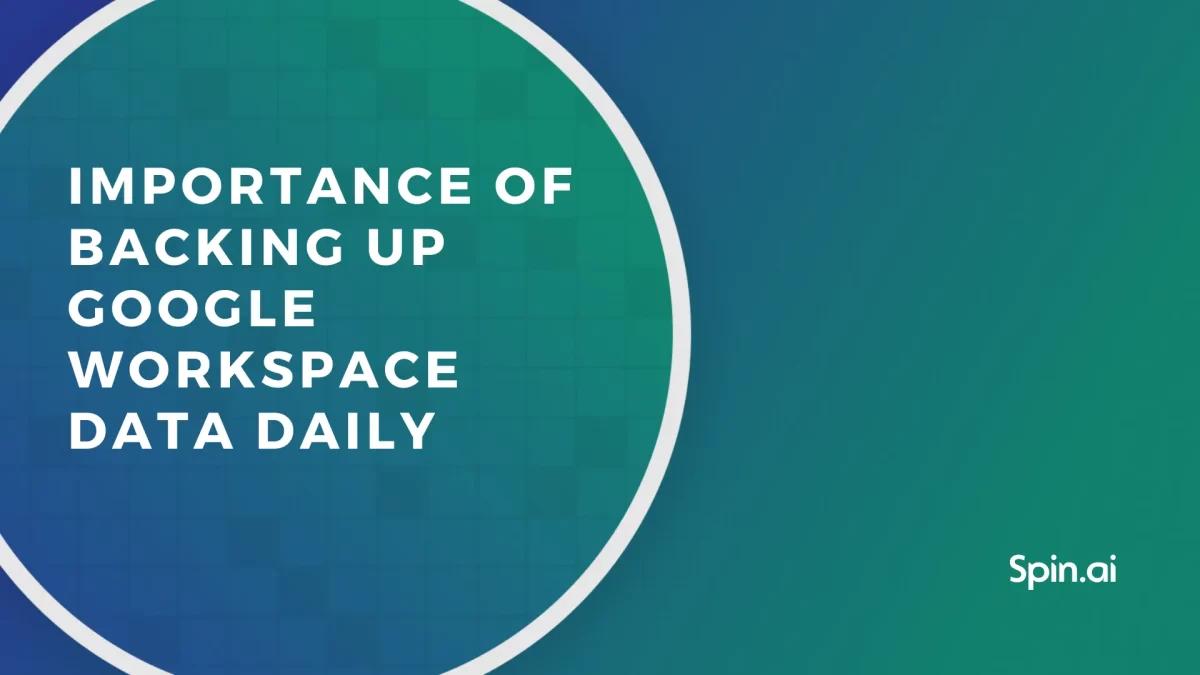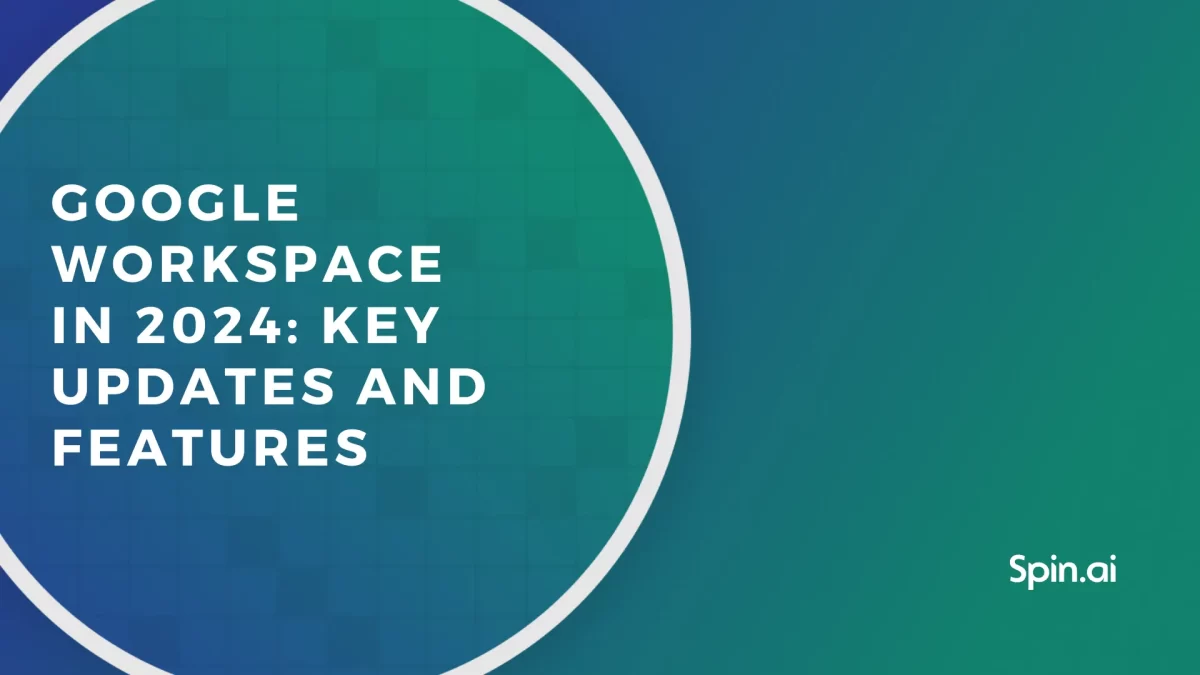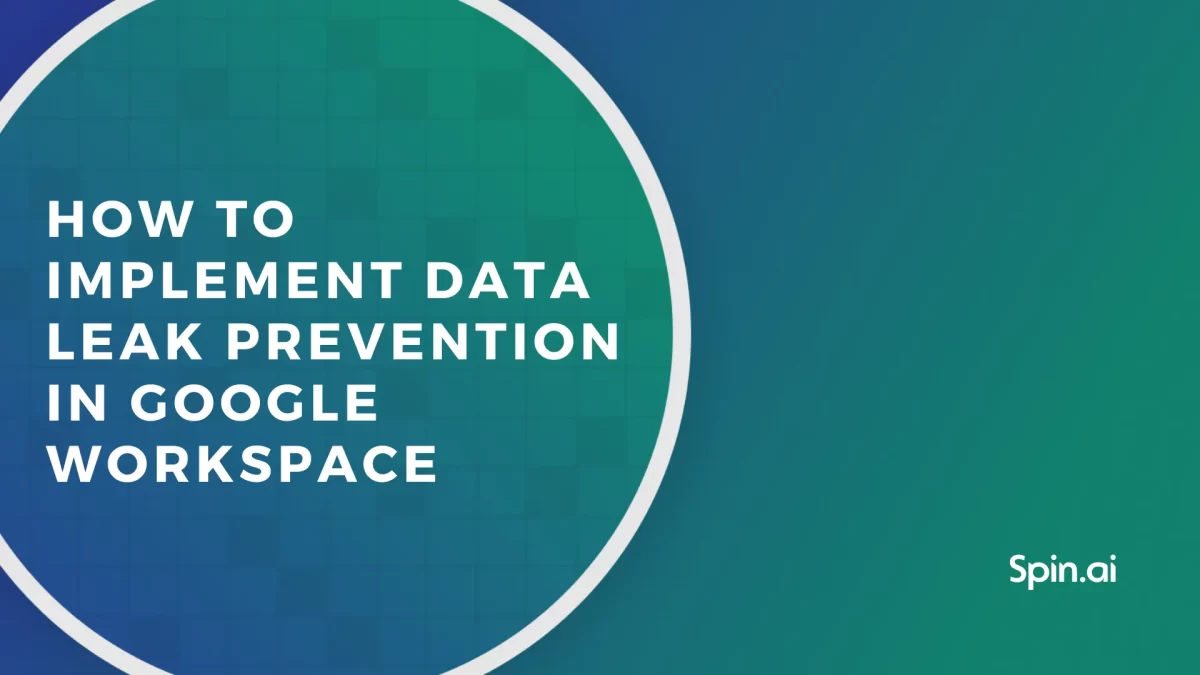Cyber Security Combo: Big Data, Machine Learning and AI

Organizations are having difficult times trying to keep up with the security levels needed to eliminate or at least minimize modern cyber security problems. As technologies evolve, so do the skills of cyber criminals. The main goal of advanced mechanisms to combat the growing numbers of attacks is to identify the weak points before the hackers do. From identity theft to credit card numbers being taken away, Machine Learning and Artificial Intelligence play an instrumental role in establishing new standards for cyber security. While the potential of Big Data is vast, it might lag behind as a standalone tool to deal with hackers due to the enormous volume of data to analyze. This is when machine learning becomes a missing piece of the puzzle that puts artificial intelligence in place to scale the use of big data by managing the insights coming from multiple sources with the help of the machines.
4-step Cyber Security Risk Response
Going by a 4-step cyber security risk response, we will elaborate on how big data along with machine learning and AI can help organizations deal with cyber threats and back up the sensitive information of an enterprise.
Step 1. Predict Cyber Threats
Before an organization attempts any security measures, it is wise to weigh up the risks to map the weak areas and to focus attention at its Achilles’ heel. There is a huge difference between raw data collected and meaningful insights that can benefit enterprises in their attempt to prevent cyber attacks. AI and analytics programs can help business extract useful points from historical data to identify the pattern and model potentially negative events that might take place in the future. Analyzing such information quickly and sourcing the necessary signs of abnormal situations will help companies raise the alert levels in real time.
Step 2. Prevent Data Loss and Data Leaks
At this particular point, the main goal of a company is to minimize the surface of possible attack and rule out the possibility of an incident, as well as to prevent data loss. Big data helps broaden horizons (e.g. to better clarity) to prevent the security breach rather than cleaning up the data leak after it actually happens. Intellectually identifying and covering up existing vulnerabilities and addressing the risk in timely manner is key the time frame to identify data leakage reduced by 30% in 2016 from a similar number in 2015. However, almost 100 days can mean significant loss for a company that’s been under attack. With AI-powered systems, it would be easier for companies to quickly find the entry point and defeat the attackers leveraging the potential of machine learning and big data.
Step 3. Detect Cybersecurity Threats
Cyber criminals become trickier and human efforts alone are not sufficient to efficiently cyber attacks. This said, manual efforts to combat the attackers are no longer enough. Infusing algorithms into analytical programs to have a look at typical day-to-day operation from multiple angles is the job of machine learning that will discover extraordinary activity and prompt organizations to take action accordingly. General challenge to deal with large amounts of data makes AI and machine learning a solution for better risk detection. Analytics mechanisms can help cluster the potential threats based on their complexity and find the right stakeholder to address the risk building the hierarchy of threats.
Step 4. Respond to Cyber Attacks
Elevating security grip is possible through business continuity plans refinement and speeding up recovery is possible with advanced technologies. It help organizations to both have ready-to-use recovery plans or custom-tailor them according to each specific case. Machine learning does the heavy lifting on behalf of humans by drawing the parallels between the security systems present in the organization and variety of external threats out there. For example, IBM Watson can detect cyber attack and even gives advice for neutralizing or avoiding cyber assault. Furthermore, passing on the alert to internal and external stakeholders that might be affected by the attack is pivotal since the third parties need to be informed promptly, too. Assessing initial security insights with the help of machines is the way to streamline cyber risk management operations in the long run.
AI, machine learning along with big data can work in sync to form a powerful technology stack to help businesses identify and reduce bottlenecks in their cyber security plans to battle ever-evolving attacks in digital world. For example, Spinbackup utilizes machine learning for detecting security cases as brute force attack, abnormal apps installation, data leakage, application compromise and others. We are developing our algorithms to remove human factor from data security and help organizations solve two serious problems: insider threat control (including secure employee exit) and ransomware protection.
Check out our G Suite security guide and find out, how to make your Google account more secure.
Was this helpful?
How Can You Maximize SaaS Security Benefits?
Let's get started with a live demo
Latest blog posts
Importance of Backing Up Google Workspace Data Daily
January 23, 2024Many organizations today are heavily relying on cloud Software-as-a-Service offerings for business productivity, communication, and... Read more
Google Workspace in 2024: Key Updates and Features
December 14, 2023Google Workspace is constantly improving to bring new productivity features for businesses. In this article,... Read more
How to Implement Data Leak Prevention in Google Workspace
October 27, 2023Data leaks in Google Workspace can have severe legal, financial, and reputational implications for the... Read more


